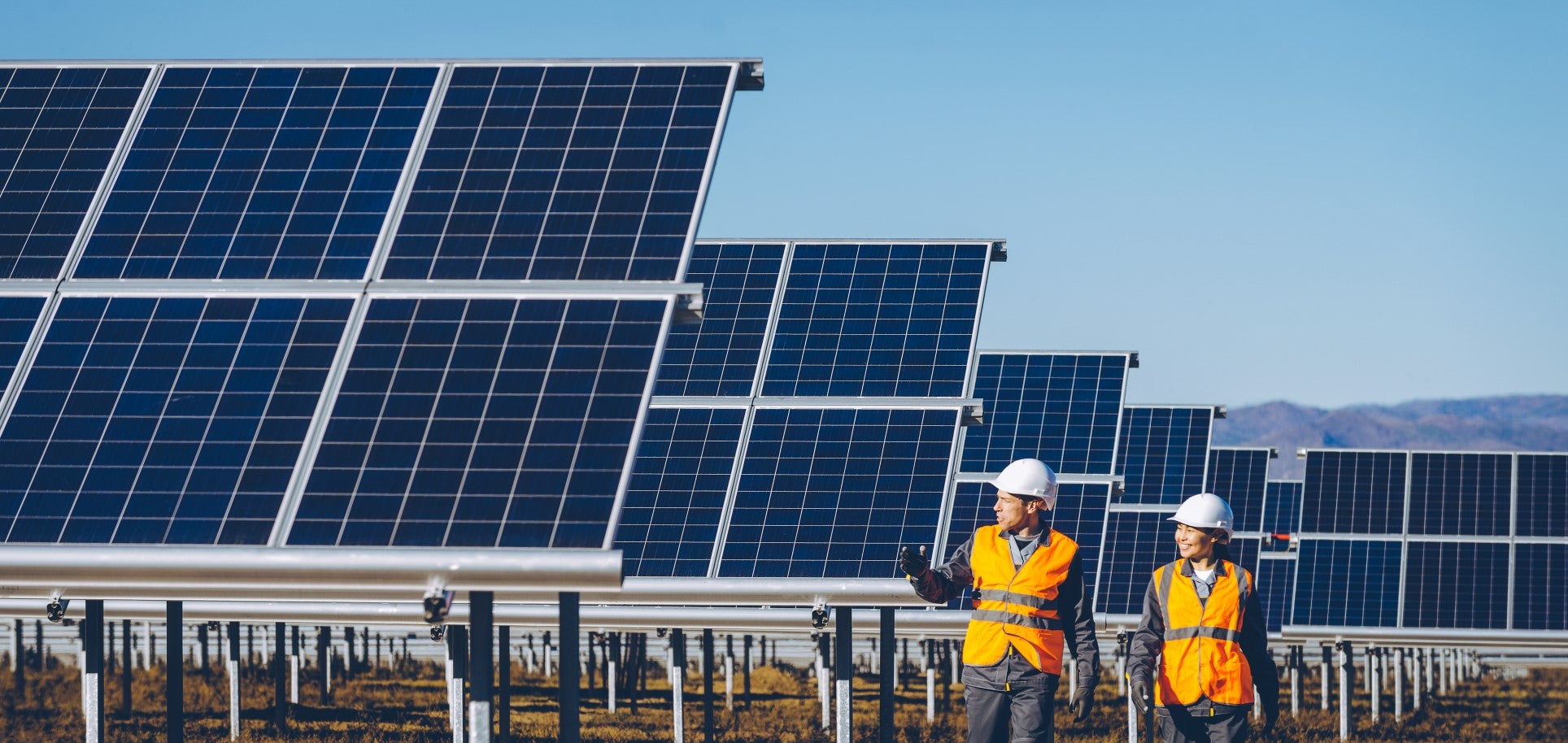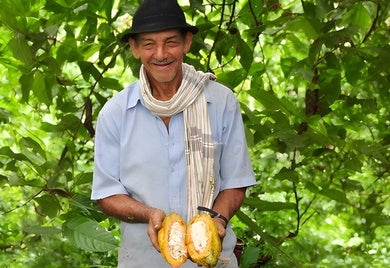Germany wins 2014 World Cup in energy efficient stadium

[caption id="attachment_1363" align="alignleft" width="307"] Maracanã Stadium in Rio de Janeiro by Fernandes Arquitetos – Architectural poster illustrations by André Chiote[/caption]
Maracanã Stadium in Rio de Janeiro by Fernandes Arquitetos – Architectural poster illustrations by André Chiote[/caption]
The greening of these World Cup facilities is the perfect showcase for sustainable business opportunities in Brazil and beyond. World Cup sponsor Yingli Solar, which many of you might recognize from the ad banners during games, partnered with Light ESCO, EDF Consultoria and the State of Rio de Janeiro to equip Maracanã’s roof with 2,380 square meters of solar panels, generating enough energy to power 240 homes and avoiding 2,500 tons of carbon dioxide emissions per year. The Maracanã Solar project was developed by the same company that designed the new roof structure, German SBP.
The Maracanã wasn’t the only stadium that incorporated green features for the World Cup. The Castelao Arena in Fortaleza features a 68 percent reduction in drinkable water consumption, a 13 percent reduction in annual energy consumption and 97 percent of the project waste was diverted from the landfill by recycling and reusing construction and demolition materials.
¿TE GUSTA LO QUE ACABAS DE LEER?
Suscríbase a nuestra newsletter para mantenerse informado sobre las últimas noticias de BID Invest, publicaciones de blog, próximos eventos y para obtener más información sobre áreas específicas de interés.
Suscribirse



